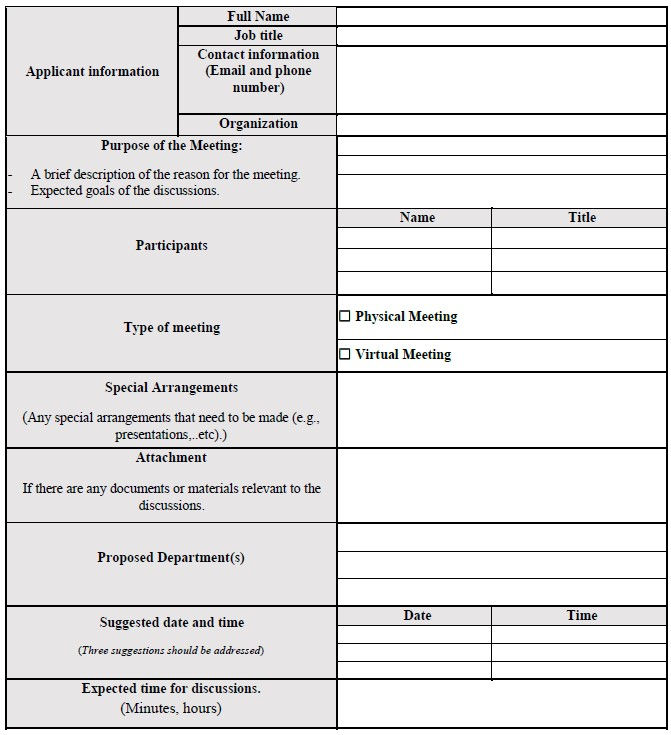USFDA Guidance: Control of Nitrosamine Impurities in Human Drugs
- Sharan Murugan

- Sep 4, 2024
- 2 min read
Earlier today (04 September, 2024) U.S. Food and Drug Administration's Center for Drug Evaluation and Research released the second revision of a guidance titled "Control of Nitrosamine Impurities in Human Drugs". It includes recommendations for manufacturers of active pharmaceutical ingredients (APIs) and pharmaceutical products on how to detect and prevent unacceptable levels of nitrosamine impurities in pharmaceutical products.
The term nitrosamine describes a class of compounds having the chemical structure of a nitroso group bonded to an amine (R1N(-R2)-N=O). Nitrosamine compounds are potent genotoxic agents in several animal species and some are classified as probable or possible human carcinogens by the International Agency for Research on Cancer. Nitrites are common nitrosating impurities that have been reported in many excipients at parts per million (ppm) levels.
An AI limit as defined in ICH M7(R2) is a level that approximates an increased cancer risk of one additional case in 100,000 subjects based on a conservative assumption of daily exposure to a mutagenic impurity in drug substances and drug products over a lifetime (70 years).
There are two main classes of nitrosamine impurities described in the guidance: small-molecule impurities (i.e. impurities that are not structurally similar to APIs), and nitrosamine drug substance-related impurities (NDSRIs), which are structurally similar to APIs but are typically unique to each API. It discusses potential reasons why nitrosamine impurities may occur, how to detect them, and how to prevent or reduce the presence of nitrosamine impurities in APIs and drug products by conducting risk assessments, testing, implementing controls, and other appropriate strategies.
The guidance also provides recommendations for alternative bioequivalence approaches for manufacturers and applicants who choose to reformulate their products to mitigate nitrosamine impurities.
The recommendations made in this guidance apply to the following:
All chemically synthesized APIs
Drug products containing chemically synthesized APIs or fragments (including biological products containing synthesized fragments)
Drug products are at risk due to other factors described in this guidance (see section III.B., C., and D.)
Semisynthetic and fermentation products that are at risk due to their structures, similar to chemically synthesized APIs
Although nitrosamines are unlikely to form during the manufacture of most APIs, all chemically synthesized API manufacturers should take appropriate measures to reduce nitrosamine impurities in APIs where they may be formed. Identifying the potential for nitrosamine impurities in API manufacturing processes and conducting risk assessments is crucial for API manufacturers. It is essential to conduct sensitive and appropriately validated confirmatory testing of batches if there is a possibility of nitrosamine impurities.
Click this link for detailed information on the guidance that serves as a crucial guide for pharmaceutical manufacturers, helping them ensure that their products are safe, effective, and free from harmful impurities like nitrosamines.



Comentarios